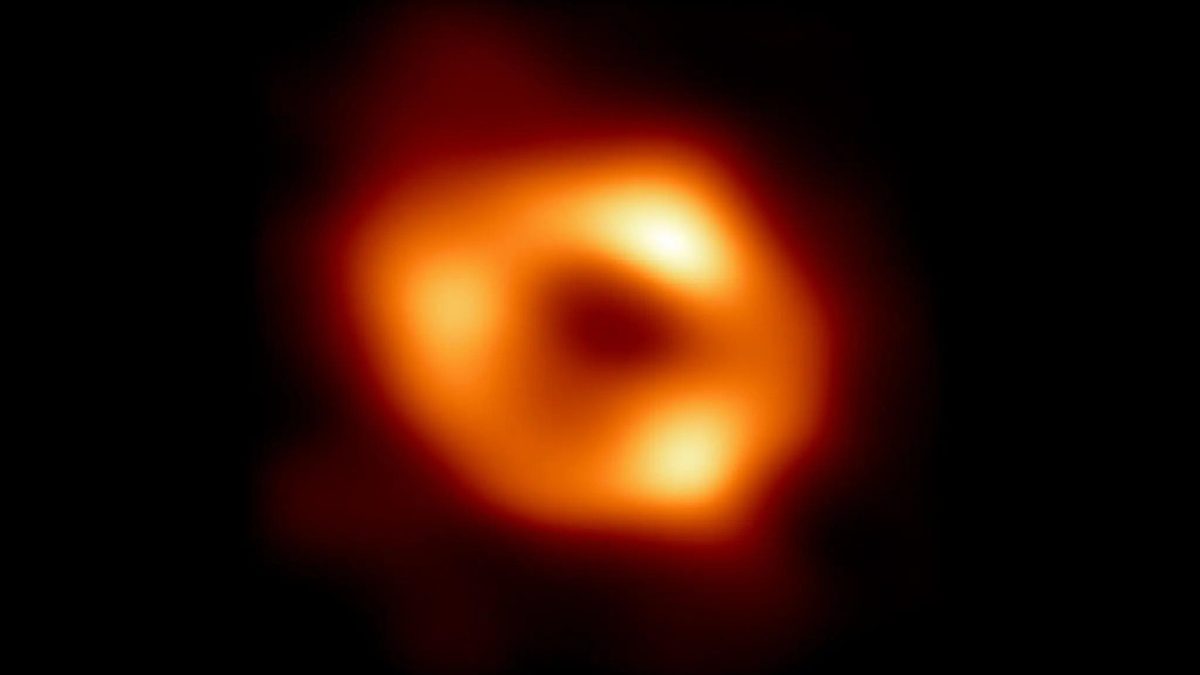What does a black hole look like?
The vastness of space holds countless mysteries, and black holes remain some of the most captivating and enigmatic objects in the universe. To begin to unravel these mysteries, scientists asked one key question: What do black holes even look like? With support from the John Templeton Foundation and other funders, an international group of scientists from countries around the globe worked with the Event Horizon Telescope (EHT) and Black Hole Initiative (BHI) to produce the first image of M87.
The Black Hole Initiative (BHI) is a first-of-its-kind interdisciplinary program at Harvard University that brings together the disciplines of Astronomy, Physics, Mathematics, Philosophy, and History of Science to define and establish black hole science as a new field of study. BHI is led by historian of science Peter Galison and astrophysicist Sheperd S. Doeleman, founding director of the Event Horizon Telescope (EHT), a synchronized global array of radio observatories designed to examine the nature of black holes.
Dr. Galison and Dr. Doeleman recently joined us to discuss their past, present, and future projects at BHI.
“We created a team that drew in expertise from all over the globe. We nimbly sidestepped all the issues that tend to divide us as people and we focused on a common scientific goal. I think that also draws people to this project,”
says Dr. Doelemen. He explains that understanding the dynamic behavior of these cosmic giants will provide invaluable insights into their properties and surrounding environment – and enable scientists to test Einstein’s theory of general relativity with even greater precision.
The impact of the BHI extends far beyond the captivating images of black holes. By supporting post-doctoral fellowships and graduate students, the BHI is investing in the future of interdisciplinary research. These young researchers, some who are already continuing their research or teaching in universities, will be the next generation to delve deeper into black holes.
Outside of the lab, the M87 image captivated the public imagination. Front page images of the black hole ignited a sense of wonder and a desire to understand the universe’s mysteries:
“There's something about us as human beings, we really want to know what's out there in the universe. I think like a billion people saw the first image of the black hole and we just want to know more.”
Still curious? Watch the full video above or on our YouTube channel and make a comment to share your thoughts.
